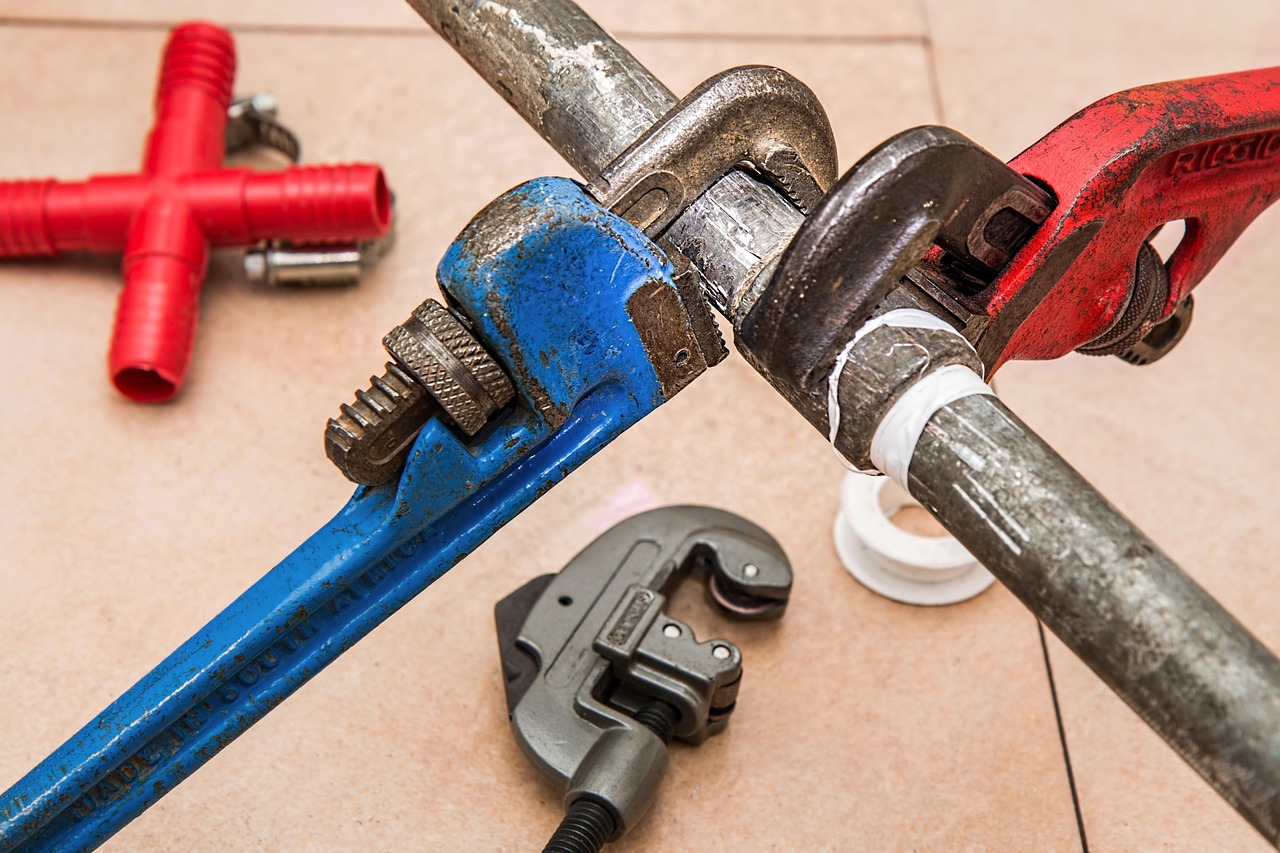After a severe storm passes through your area, your roof may have sustained damage that isn’t immediately visible from the ground. Homeowners must understand how to properly inspect for hail damage, identify wind damage to shingles, and navigate the insurance claim process. This article will guide you through assessing storm damage to your roof, documenting the damage properly, filing an insurance claim, and working with contractors to complete necessary repairs.
Identifying Storm Damage to Your Roof
Storm damage to your roof can manifest in various ways depending on the type of weather event. Hail damage typically appears as random impact marks or dents on shingles, while wind damage often results in missing, lifted, or creased shingles. After a storm, it’s essential to perform a preliminary inspection from the ground using binoculars to spot obvious signs of damage. Look for shingle granules in gutters or downspouts, which indicates your roof’s protective layer is deteriorating. Additionally, check for water stains on ceilings or walls inside your home, as these could signal that storm damage has already led to leaks.
While you can perform an initial assessment yourself, a nail-damaged roof inspection is recommended. Professionals are trained to spot subtle signs of damage that homeowners might miss. They can safely access all areas of the roof and provide documentation that will strengthen your insurance claim. Many roofing companies offer free inspections after major storms, knowing their expertise will be valuable if necessary repairs are needed.
Documenting the Damage for Your Insurance Claim
Before contacting your insurance company, gather as much evidence as possible to support your storm damage roof insurance claim. Take clear, dated photographs of all visible damage from the ground and, if safely possible, closer views. Document the date and time of the storm and save any local news reports or weather service data that confirm severe weather in your area. This corroborating evidence can be crucial for your claim.
Make detailed notes about interior damage and surface spots on ceilings or walls. If neighbors are also experiencing roof damage, note this information as it helps establish that the damage was caused by a specific weather event. Keep receipts for any emergency repairs you make to prevent further damage, as these expenses may be reimbursable under your policy.
Understanding Your Insurance Coverage
Homeowner’s insurance policies typically cover roof damage caused by unpreventable events like storms, but coverage details vary significantly between policies. Review your policy to understand your coverage limits, deductible amount, and any exclusions. Most policies cover repair or replacement costs for wind damage, shingles repair, and hail damage, but the amount you receive depends on factors like the age of your roof and the type of coverage you have.
Insurance distinguishes between replacement cost (replacing damaged items with new ones) and actual cash value (replacement cost minus depreciation). If your policy provides actual cash value coverage for your roof, the settlement will account for the age and condition of your roof before the damage occurred. This distinction can significantly impact your out-of-pocket expenses for repairs.
Filing Your Insurance Claim
Contact your insurance company promptly after discovering storm damage. Most policies require notification within a specific timeframe. When you call, have your policy number ready and be prepared to describe the damage. The insurance company will assign an adjuster to inspect your property and assess the damage. Following expert roof claim tips can make this process smoother. For example, AskHomey recommends being present during the adjuster’s inspection to point out all areas of concern and ensure they thoroughly examine the entire roof, not just visibly damaged sections.
Take notes during all conversations with your insurance company, including names, dates, and summaries of what was discussed. You can request a second opinion if you disagree with the adjuster’s assessment. Some homeowners hire their own public adjuster to advocate on their behalf. The service typically costs a percentage of the insurance settlement.
Working with Contractors for Repairs
Once your claim is approved, select a reputable contractor specializing in storm damage repairs. Get multiple estimates and verify that contractors are licensed, insured, and experienced with insurance work. Be wary of “storm chasers” – contractors who go door-to-door after storms offering quick repairs but often deliver substandard work.
A quality contractor will provide a detailed written estimate, honor manufacturer warranties, and help ensure the repairs meet building code requirements. They should also be willing to work directly with your insurance company to ensure that all damage is addressed correctly and covered expenses are paid appropriately.
Preventing Future Storm Damage
While you can’t control the weather, you can take steps to minimize future storm damage. Regular roof maintenance, including replacing damaged shingles promptly, cleaning gutters, and trimming overhanging branches, can reduce your roof’s vulnerability. Consider impact-resistant roofing materials when it’s time to replace your roof, as these may qualify for insurance discounts and better withstand future storms.
For more tips and to connect with reliable home service professionals, follow AskHomey on Facebook and Instagram.



